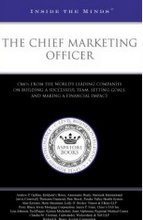Privacy, identify theft and data breaches remain trust flash points for organizations. The latest ranking for most-trusted companies for privacy in 2008 from the Ponemon Institute and TRUSTe finds American Express eBay and IBM are the top three most trusted companies.
 One of the most important findings from the survey for would-be corporate trustmeisters is the gap developing between the importance privacy holds with consumers and the lack of control they feel over their personal information.
One of the most important findings from the survey for would-be corporate trustmeisters is the gap developing between the importance privacy holds with consumers and the lack of control they feel over their personal information.
- Seventy-three percent of consumers say the protection of their personal privacy is “important” or “very important,” up from 69 percent in 2006.
- Only 45% feel they have control over their personal information, down from 56% percent in 2006.
Greater transparency is available to consumers on this issue from organizations like Privacy Rights Clearinghouse, which posts an online chronological database of data breaches that would scare anybody based on the depth and breadth of the list.
Despite the current financial climate, Amex retained the top spot in this year’s list, and Nationwide and Charles Schwab all managed to retain their top 10 rankings as well.
The study asked 6,486 adult-aged US consumers which companies they thought were most trustworthy and which did the best job safeguarding personal information. A total of 706 companies were named by consumers and 211 made the final list of most trusted companies.











